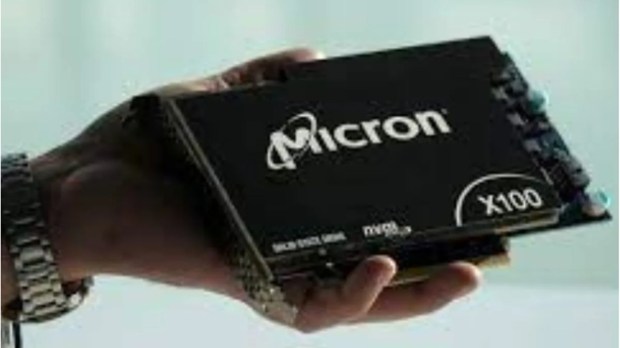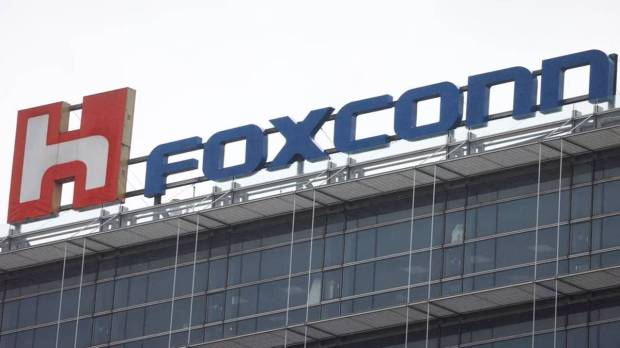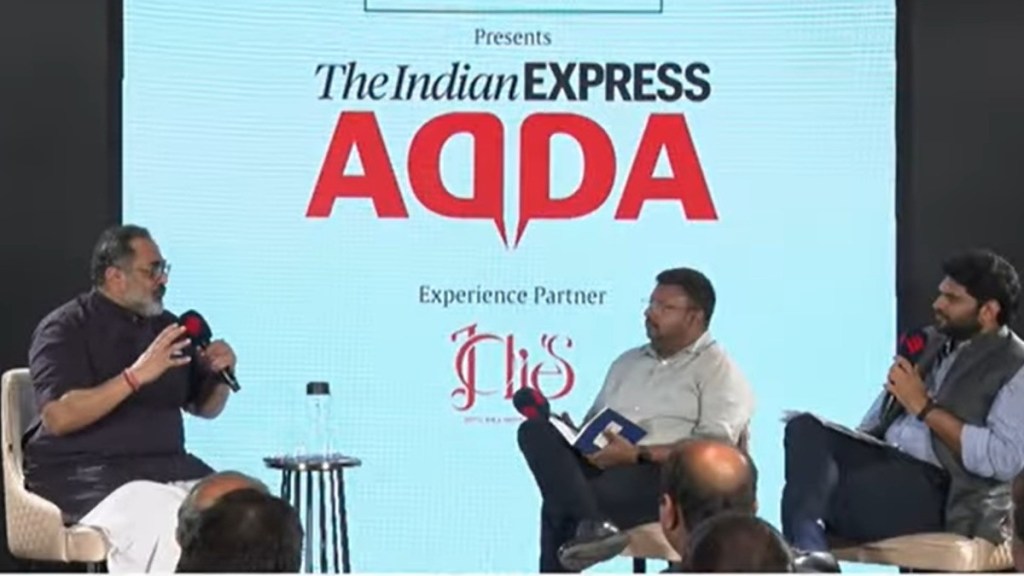The semiconductor space in India has been buzzing with action over the last few weeks. Well, then Minister of State for Electronics, IT, Skill Development and Entrepreneurship, Rajeev Chandrasekhar says, “It is right time for India to be a player in the semiconductor space.” He was speaking as the Chief Guest at the Express Adda in Mumbai on July 19. He added Micron’s investment in India is a milestone and Foxconn withdrawing from JV with Vedanta with India is not a blow at all.
In conversation with Anant Goenka, Executive Director, Indian Express Group and Anil Sasi, National Business Editor, The Indian Express, he elaborated on the evolution and pace of India’s semiconductor journey, “I think the way we have approached the topic from December 2021 after the PM approved the Semiconductor Policy is that we are building an ecosystem. The way technology performance is being built, it is no longer a unipolar approach toward the next generation of performance. As the world of semiconductor is creating a space for design led performance and innovation. Apart from North America, India today has the largest pool of semiconductor talent in the world.”
Micron investment in India- Reading the fineprint
Taking forward the conversation on investments in the semiconductor space, the Micron investment in India came up for discussion. Earlier in June, Micron Technology, a global semiconductor powerhouse, unveiled plans to construct a cutting-edge assembly and test facility in Gujarat, India and confirmed over $800 investment. While there have been talks of it only being a chip packaging plant, the Minister cleared the air on why it is a milestone moment.

He explained that the, “Micron investment in India is more than simply packaging. It is as sophisticated an area for innovation and performance as any other area in this ecosystem. Yes it is less capital intensive as compared to fabs. Fabs today are the most complex manufacturing units on the planet.”
Interestingly, for a world that’s scarred by the chip crisis during the time when Covid wreaked havoc globally, it is important to remember that just by putting fabs out, the chip shortage will not be addressed completely. As the industry begins its journey away from the fabs where the chips are processed at the front end, it doesn’t address the packaging of the chip at the backend. Packaging has been another area of constraint. “As a country, we have repeatedly missed the bus in semiconductor and electronics. When Micron as a company with multiple investment options comes to India and says we choose to start a packaging unit in India, it is big milestone.” the Minister added.
He emphasised the need for redrawing of semiconductor value chain post-Covid and reiterated how India is stepping up in both electronics and semiconductors space to be a major presence there, “our positioning is that we are trusted and resilient partner to the world as well as represent domestic demand. Our semiconductor strategy is a long-term one, the vision is to create a viable semiconductor ecosystem in a decade…but that there is no scope for instant gratification in our semiconductor journey.”
Foxxconn withdrawing a loss or gain?
It was but inevitable that the most recent development of Foxconn deciding not to move ahead in its on joint venture with Vedanta came up for discussion. Chandrasekhar outlined how “Foxconn withdrawing from the $19.5 billion semiconductor joint venture with Vedanta not a blow.” He explained that the JV had submitted a proposal for a 28nm fab but could not meet “the condition of creating a licensing of the 28 nm technology from third party who had it. They were not successful in doing that.” While the Govt was patient and chose to give the JV partners time , it was not successful in securing it. However, what actually sweetened the impact was the fact that Vedanta, “subsequently came and applied as 40 nm fab for which they have shown us evidence that they have the technology and then we will verify with the technology advisory committee.”

He added that “Foxconn has in-turn said that they will also apply for fabs. We are in a sweet situation today. Where we have two proposals and earlier there was one proposal. I don’t think this is a blow and this is actually a good thing for the country where both the partners, who are valued investors in India, want to pursue their semiconductor study independently.” He highlighted how this is indicative of the opportunities in India and scope of its semiconductor strategy.
Interestingly, Ankit Agarwal, MD, Sterlite Technologies, who was in the audience listening to the conversation added that, “We have recommitted as a group over last few days and weeks, in terms of our investment in the fab. I think we are very excited and positive about it.”

